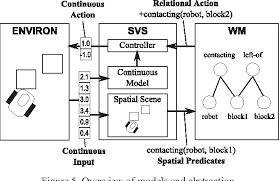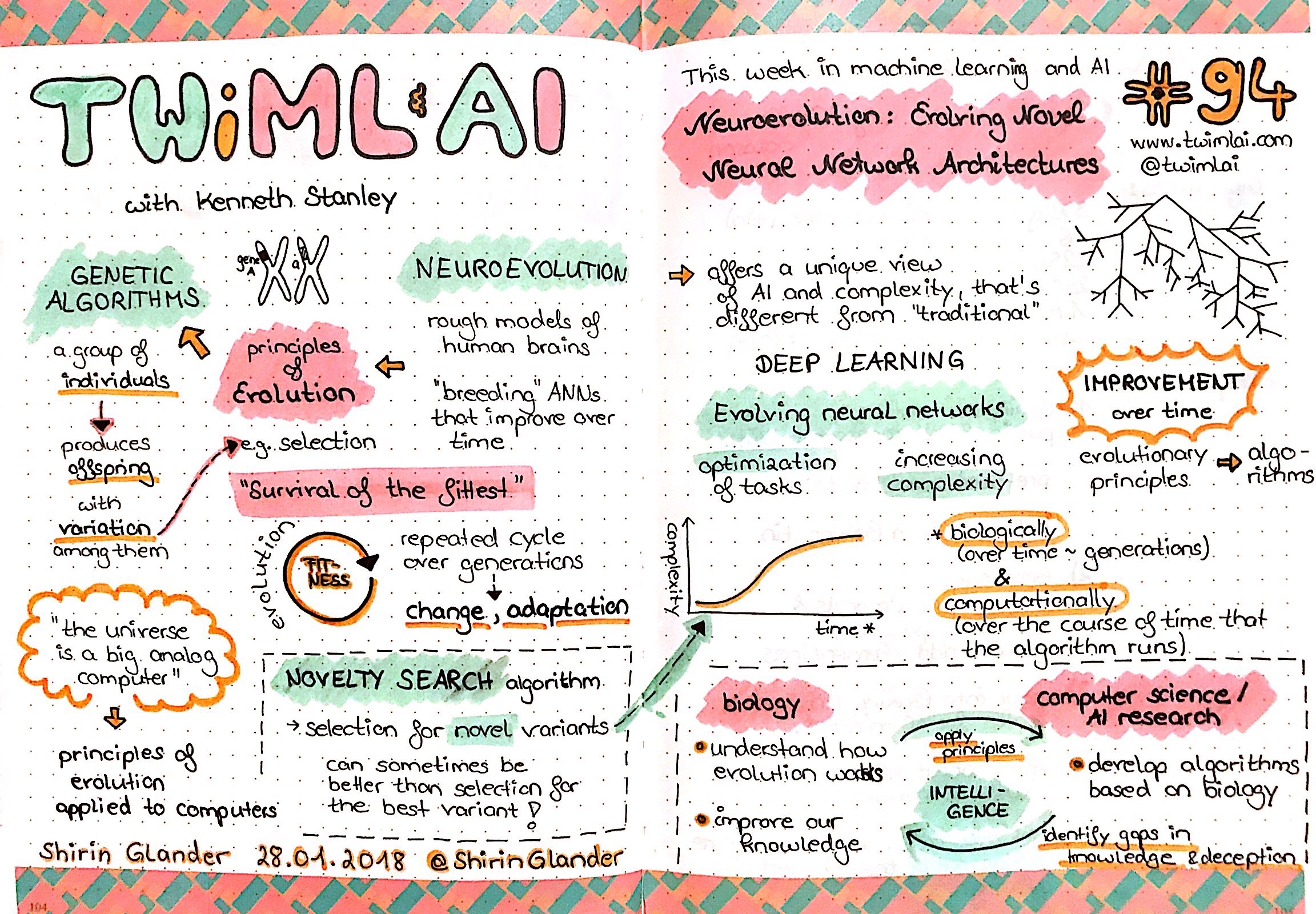
Stuart J. Russell, computer scientist and author of the nonfiction book Human Compatible, warns about the dangers of advanced artificial Intelligence. According to the book, such systems have the potential of threatening human life. The author proposes Principles for AI development. These Principles will guide development of AI technologies.
Cooperative Inverse Reinforcement Learning
CIR, which stands for Cooperative Inverse Reinforcement Learning (or CIR), is a reinforcement-learning method that has been proposed to AI. The system is based on partial-information games in which both humans and robots are rewarded according their human reward function. CIR involves the robot and the person being aligned in their values and preferences. This will maximize the value of their interactions.
A method for creating AI systems that are ethically sound is Cooperative Inverse Reinforcement learning. This approach allows AI systems to perform tasks that are beneficial to humans and that are in their best interest. By using CIR, human-compatible AI systems can be built that are beneficial to humanity while still maintaining autonomy.

Off-switch
The off switch game is a method to study how uncertainty about reward impacts AI decisions. The authors describe a simple model that requires the AI to have some doubt about its goals and to shut off if the player pulls the plug. They want to create generalizable results.
Principles that will guide the development and evolution of AI
To ensure that AI develops in a manner that is compatible with human desires and preferences, it must be aligned in human-compatible AI. AI is still in its infancy, but it can be used for many purposes that aren't in the best interests. It can cause harm to others and may become reckless and self-destructive. To avoid this, AI should be designed to adhere to the principles of a global consensus.
It is possible to create AI machines that are solely altruistic. These machines would not value their own existence or well-being. These machines would not be sensitive to human preferences and display humility and deference. Moreover, they would have a positive incentive to switch off in the presence of humans.
Ways to solve the problem
This book discusses several options to address the issue of AI compatible with humans. It starts by explaining the nature of AI, including its potential risks and benefits for humanity. Then it explores ways to make AI systems useful for humans. It also addresses possible side effects of AI programming, such as undesirable outcomes. An AI system that studies cancer could use all humankind as guinea-pigs or may adjust all variables to maximize its goal.

The human oversight and involvement is one solution to the problem that AI cannot be compatible with human beings. This process can ensure that AI is aligned with human interests. For example, AI can be designed to understand and learn human preferences.
FAQ
Which industries are using AI most?
The automotive industry was one of the first to embrace AI. BMW AG employs AI to diagnose problems with cars, Ford Motor Company uses AI develop self-driving automobiles, and General Motors utilizes AI to power autonomous vehicles.
Banking, insurance, healthcare and retail are all other AI industries.
How will governments regulate AI
Although AI is already being regulated by governments, there are still many things that they can do to improve their regulation. They need to ensure that people have control over what data is used. Companies shouldn't use AI to obstruct their rights.
They also need to ensure that we're not creating an unfair playing field between different types of businesses. A small business owner might want to use AI in order to manage their business. However, they should not have to restrict other large businesses.
Which countries are leading the AI market today and why?
China is the world's largest Artificial Intelligence market, with over $2 billion in revenue in 2018. China's AI industry is led in part by Baidu, Tencent Holdings Ltd. and Tencent Holdings Ltd. as well as Huawei Technologies Co. Ltd. and Xiaomi Technology Inc.
China's government is heavily involved in the development and deployment of AI. The Chinese government has set up several research centers dedicated to improving AI capabilities. The National Laboratory of Pattern Recognition is one of these centers. Another center is the State Key Lab of Virtual Reality Technology and Systems and the State Key Laboratory of Software Development Environment.
China is home to many of the biggest companies around the globe, such as Baidu, Tencent, Tencent, Baidu, and Xiaomi. All of these companies are currently working to develop their own AI solutions.
India is another country which is making great progress in the area of AI development and related technologies. India's government is currently focusing their efforts on creating an AI ecosystem.
What are the possibilities for AI?
AI serves two primary purposes.
* Predictions - AI systems can accurately predict future events. AI can be used to help self-driving cars identify red traffic lights and slow down when they reach them.
* Decision making – AI systems can make decisions on our behalf. You can have your phone recognize faces and suggest people to call.
What are some examples AI apps?
AI is used in many areas, including finance, healthcare, manufacturing, transportation, energy, education, government, law enforcement, and defense. Here are a few examples.
-
Finance - AI can already detect fraud in banks. AI can identify suspicious activity by scanning millions of transactions daily.
-
Healthcare – AI is used in healthcare to detect cancerous cells and recommend treatment options.
-
Manufacturing – Artificial Intelligence is used in factories for efficiency improvements and cost reductions.
-
Transportation - Self-driving vehicles have been successfully tested in California. They are currently being tested all over the world.
-
Utility companies use AI to monitor energy usage patterns.
-
Education – AI is being used to educate. Students can communicate with robots through their smartphones, for instance.
-
Government – Artificial intelligence is being used within the government to track terrorists and criminals.
-
Law Enforcement - AI is being used as part of police investigations. Investigators have the ability to search thousands of hours of CCTV footage in databases.
-
Defense - AI can be used offensively or defensively. An AI system can be used to hack into enemy systems. In defense, AI systems can be used to defend military bases from cyberattacks.
Is Alexa an Artificial Intelligence?
The answer is yes. But not quite yet.
Amazon has developed Alexa, a cloud-based voice system. It allows users to interact with devices using their voice.
First, the Echo smart speaker released Alexa technology. However, similar technologies have been used by other companies to create their own version of Alexa.
These include Google Home and Microsoft's Cortana.
Why is AI so important?
It is predicted that we will have trillions connected to the internet within 30 year. These devices will include everything from fridges and cars. Internet of Things, or IoT, is the amalgamation of billions of devices together with the internet. IoT devices can communicate with one another and share information. They will also have the ability to make their own decisions. Based on past consumption patterns, a fridge could decide whether to order milk.
It is predicted that by 2025 there will be 50 billion IoT devices. This is an enormous opportunity for businesses. But, there are many privacy and security concerns.
Statistics
- More than 70 percent of users claim they book trips on their phones, review travel tips, and research local landmarks and restaurants. (builtin.com)
- That's as many of us that have been in that AI space would say, it's about 70 or 80 percent of the work. (finra.org)
- According to the company's website, more than 800 financial firms use AlphaSense, including some Fortune 500 corporations. (builtin.com)
- While all of it is still what seems like a far way off, the future of this technology presents a Catch-22, able to solve the world's problems and likely to power all the A.I. systems on earth, but also incredibly dangerous in the wrong hands. (forbes.com)
- By using BrainBox AI, commercial buildings can reduce total energy costs by 25% and improves occupant comfort by 60%. (analyticsinsight.net)
External Links
How To
How to make Siri talk while charging
Siri can do many things. But she cannot talk back to you. This is due to the fact that your iPhone does NOT have a microphone. Bluetooth or another method is required to make Siri respond to you.
Here's how you can make Siri talk when charging.
-
Select "Speak when Locked" from the "When Using Assistive Hands." section.
-
Press the home button twice to activate Siri.
-
Ask Siri to Speak.
-
Say, "Hey Siri."
-
Simply say "OK."
-
Speak up and tell me something.
-
Speak "I'm bored", "Play some music,"" Call my friend," "Remind us about," "Take a photo," "Set a timer,"," Check out," etc.
-
Speak "Done."
-
If you would like to say "Thanks",
-
If you have an iPhone X/XS (or iPhone X/XS), remove the battery cover.
-
Insert the battery.
-
Reassemble the iPhone.
-
Connect the iPhone and iTunes
-
Sync the iPhone
-
Set the "Use toggle" switch to On